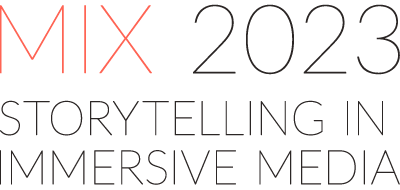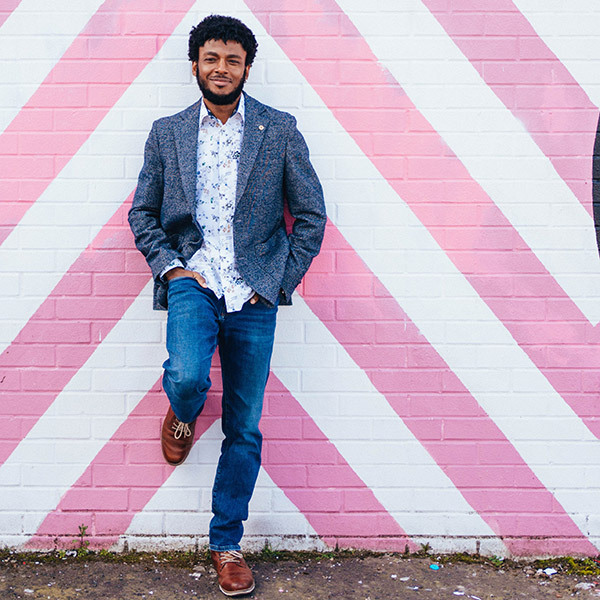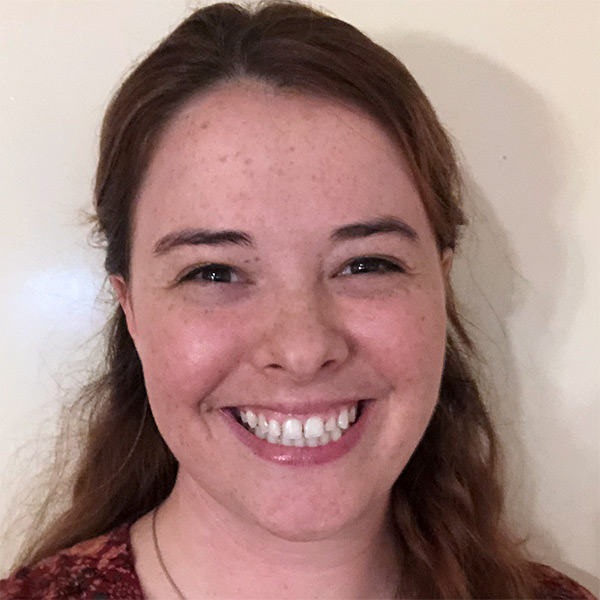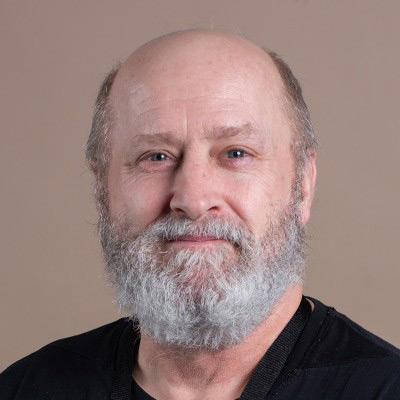Panel 6: The Right to Roam: Interactivity and Participation in Digital Story Spaces
Chair: Ian Cooke
6.01 – The City as Escape Room: place, participation, meaning, affect
Roy Hanney (Solent University)
Through the lens of ecologies of belonging The City as Escape Room transfers a simple and commonly held understanding of the escape room into a metaphor that reveals a complex layering of place, participation, and affect in meaning making for transmedia storytellers. It situates the city as a play space in which community participation, meaning making and co-creation are interwoven as meaningful story experiences. By mirroring the practice of urban foraging, the discussion explores transmedia storytelling as a form of sympoiesis that brings into being a shared memory, a becoming-with the city for the community that resides within. Avoiding the common placemaking tropes associated with public sector marketing and economic (re)generation, city-wide transmedia storytelling is instead considered as a form of speculative fabulation that can defamiliarise the familiar and generate affective story experiences. The offering of a case study that contrasts commercial, and community driven transmedia experiences further illuminates the ways in which immersive experience design can take hold of a city as a play space and render it as a meaningful story experience.
6.02 – Interactive for Whom?: Accessibility Challenges and Best Practices for IF Creators
Claire Carroll (University of Cambridge)
The best Interactive Fiction (IF) takes advantage of the possibilities and constraints of the medium to help readers/players form critical connections with the narratives and avatars. Many IF stories are self-published and available freely online, removing critical barriers to access for marginalized writers and readers.
However, the opportunities of these experimental narratives also generate massive accessibility issues. While accessibility is improving across digital spaces, with Alt text and screen reader support becoming standard practice, complicated IF mechanics generate massive accessibility issues. Creators generate specific multimedia experiences with technological requirements (e.g. headphones, webcams, enough CPU) and reader requirements (e.g. keyboard dexterity, vision) that exclude certain Disabled audiences and engagement.
Accessibility shouldn’t be a burden or an afterthought to IF development, but another driving force for creativity and innovation. This 6-minute lightning talk will highlight some key challenges for accessibility in IF and propose tools and practices to make projects more widely accessible. While the talk will be geared toward IF creators and practitioners, discussion from academics, curators, and theorists is highly encouraged.
6.03 – Introducing the participatory storytelling world of Clockwork Watch
Corey Brotherson
Have you ever wanted to be part of a massive, multi-faceted story? Where your actions can become the genesis for a new idea which plays out across multiple mediums? Clockwork Watch invites you into a rich world of immersive participatory storytelling, conceived over 11 years-ago by transmedia specialist Yomi Ayeni.
Told through graphic novels, interactive promenade theatre, freeform role-play and more, Clockwork Watch is a non-colonial steampunk tale where clockwork mechanics have become the most important development in a Victorian era world. And from that, a burgeoning new society has been born. A society which needs to evolve and push beyond its own limitations of bigotry and ignorance, in order to truly fulfil the potential ticking beneath its misleadingly shiny new surface.
From photographs and videos, to letters and spontaneous live performances, people across the globe have become part of this incredible universe, where anything can happen – and the story can turn in any direction. Runaway love, automaton revolutionaries and missing monarchs are just a mere sample of what has transpired over the last decade of Clockwork Watch’s narrative… and there’s so much more to come.
It’s time for you to join Corey Brotherson – adapting writer of the first three graphic novels and editor of the entire series – as he takes you through the vast and ever-expanding world of Clockwork Watch…



